Back
Green Tea vs Black Tea: Which One is Right for You?
09/24/2024 | Written by Kate Tant
Live Vibrantly
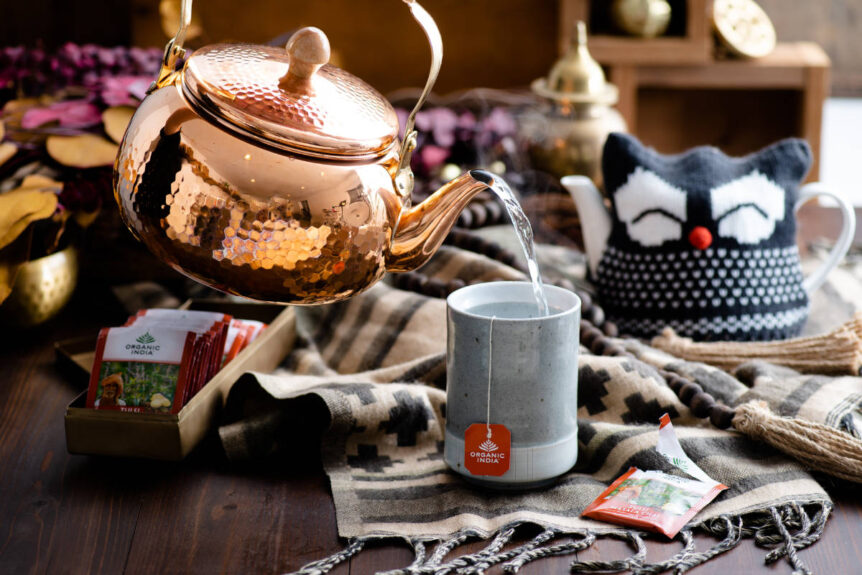
Tea is one of the most esteemed beverages worldwide, and people have enjoyed two of its most popular varieties, green tea and black tea, for centuries. What better way to welcome a bright, new day than with the gentle awakening of a warm, freshly brewed cup of tea?
Both green tea and black tea originate from the same plant, Camellia sinensis, but differ significantly in flavor, color, and health benefits. Despite their inception from the same plant, each tea is processed using different methods to arrive at a unique final tea leaf.
Green tea, known for its delicate flavor and light color, undergoes minimal oxidation during processing, which preserves its natural antioxidants. In contrast, black tea is fully oxidized, resulting in a robust, malty taste and darker color.
Oxidation is a chemical process that takes place when tea leaves are exposed to air. During this process, the leaves dry and darken, contributing to the resulting strength, aroma, and flavor of the tea. Tea leaves that are fully oxidized, like black tea, will turn brown and black. Tea leaves that undergo minimal oxidation will retain some of their green color.
While both teas offer a range of potential benefits, their unique qualities make them better suited to different individual needs and preferences. So, which tea is the better choice for you: green tea or black tea? In this article, we’ll explore the key differences to help you decide which one to sip for your daily tea ritual.
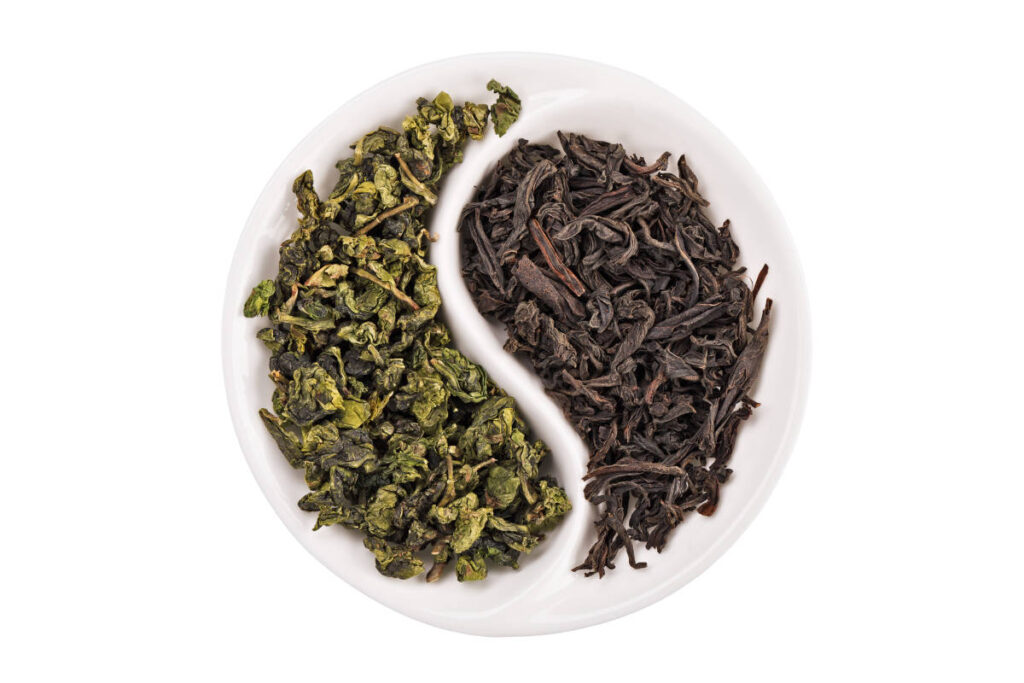
What is Green Tea?
Green tea is a time-honored beverage with roots in ancient China, where it has held a prominent place in Chinese culture for thousands of years. Its oxidation process is the key characteristic that sets green tea apart from other varieties.
After the tea leaves are harvested, they undergo a very minimal process where the leaves are quickly steamed or pan-fired to prevent oxidation. This process helps retain the tea’s natural green color and preserves its delicate flavor.
Minimal processing results in a tea with a light, fresh taste often described as slightly sweet and grassy, with floral hints. Green tea has a pale yellow or greenish hue, a direct visual reflection of its gentle processing. The subtle flavor profile makes green tea a popular choice for those who appreciate a milder, more nuanced flavor.
In Ayurveda, green tea is known for its digestive (Pachan) and appetizing (Deepan) properties that help support a healthy digestive system and blood sugar levels already in a healthy range.
Green tea is a perfectly balanced and versatile drink with many potential health benefits. From its humble roots in ancient East Asian culture where it was a part of daily life and tradition, to its global popularity today, people appreciate green tea for its refreshing taste and health benefits.
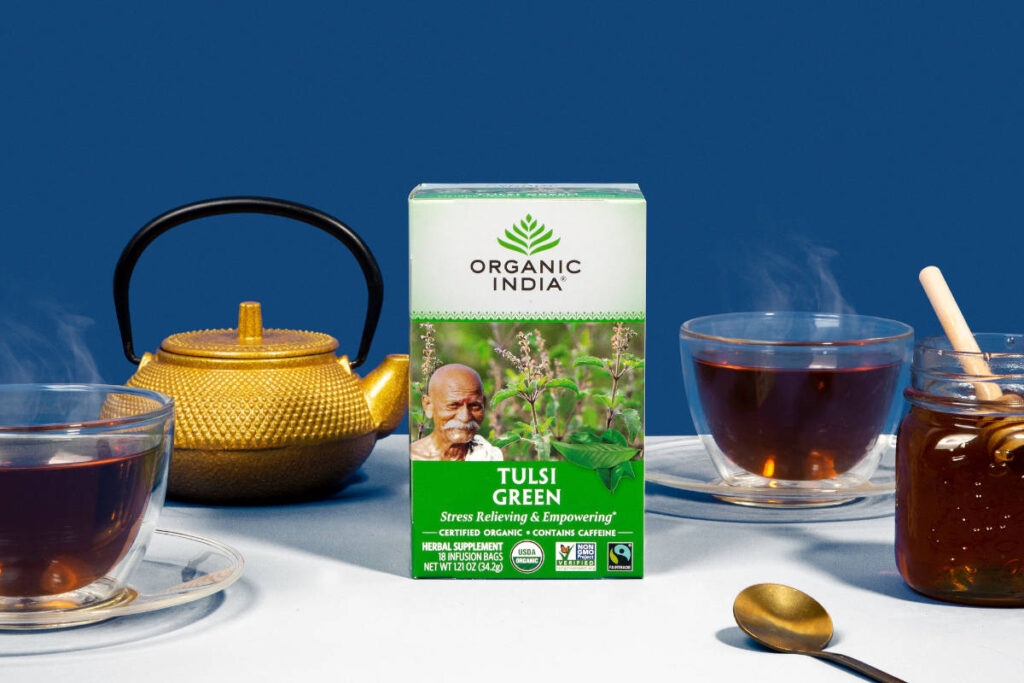
What is Black Tea?
Where green tea is subtle and nuanced, black tea boasts a robust flavor that has made it a staple in many cultures around the world. Unlike green tea, black tea undergoes a full oxidation process.
After the leaves are harvested, they are dried and allowed to oxidize completely. The leaves turn brown or black, and the green coloring is no longer present. This full oxidation process gives black tea its characteristic dark color and deep, bold flavor.
The result is a tea with a rich, malty taste, often described as strong, full-bodied, and sometimes slightly astringent. Black tea can also have an earthy or citrusy flavor depending on the region from which it was harvested.
This strong flavor makes black tea an excellent base for many tea blends, including popular varieties like chai and Earl Grey. Just as green tea’s light green or yellow color comes from its process, the deep amber or reddish-brown color of black tea reflects the thoroughness of its oxidation process.
In Ayurveda, black tea is generally considered to be a good drink for those with a Kapha dosha but may be too aggravating for the Vata dosha. Even so, Ayurvedic practitioners have reaped the medicinal benefits of black tea for generations.
In India, black tea is the foundation of chai, a spiced drink central to daily life. Whether enjoyed plain or with milk and sugar, black tea’s versatility has cemented its place as one of the most widely consumed beverages in the world.
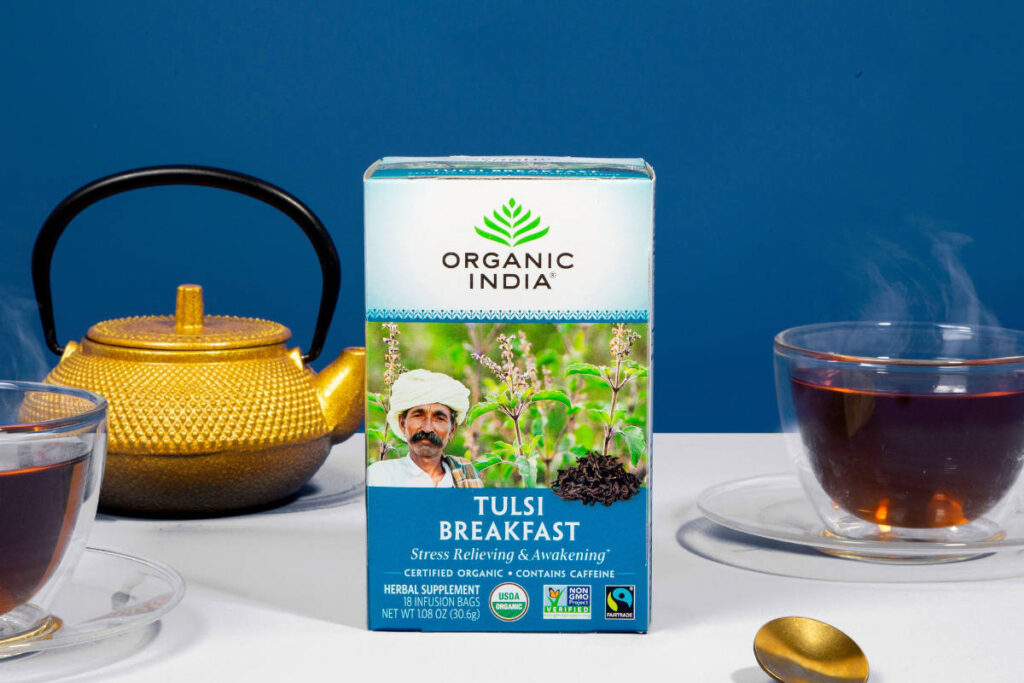
Green Tea vs Black Tea: The Key Differences
While both green tea and black tea are popular choices with a wide range of health benefits, they differ significantly in several key aspects. From their flavor profiles and caffeine content to their unique brewing methods, each type of tea offers something distinct. Understanding these differences can help you decide which tea best suits your taste preferences and wellness goals.
Flavor
- Green Tea: Light, grassy, fresh. Slightly sweet and may have hints of floral.
- Black Tea: Bold, robust, malty. Sometimes earthy, smoky, and full-bodied.
Aroma and Color
- Green Tea: Fresh, flowery aroma with a yellow to light green color after steeping.
- Black Tea: Refreshing earthy, floral aroma with amber to red or dark brown color.
Caffeine
- Green Tea: Lower caffeine content. Suitable for those seeking a mild energy boost.
- Black Tea: Higher caffeine content. Ideal for a more substantial energy kick.
Benefits
- Green Tea: Strong antioxidant properties. Energizing with potential benefits for digestion, metabolism, and focus.
- Black Tea: Strong antioxidant properties. Provides a steady, calm energy and may support heart health and gut health.
How to Brew
Green Tea:
- Brew at lower temperatures, just short of boiling, for a shorter steeping time.
- Temperature: 160ºF to 180ºF (70ºC to 82ºC)
- Steeping time: 1-3 minutes
Black Tea:
- Brew at higher temperatures with a longer steeping time.
- Temperature: 200ºF to 212ºF (90ºC to 100ºC)
- Steeping time: 3-5 minutes
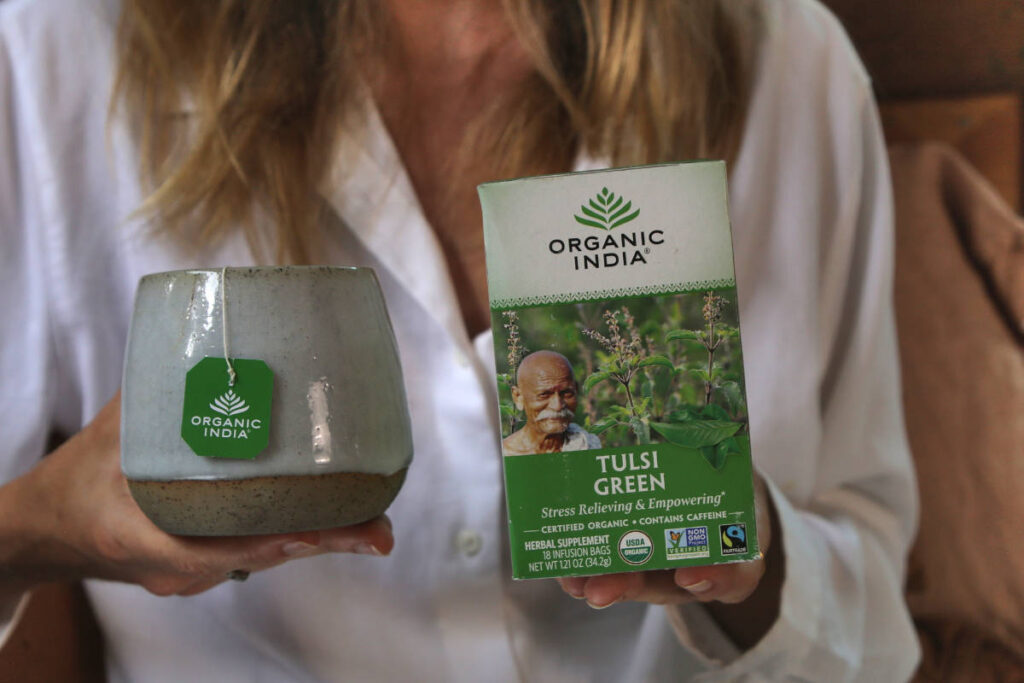
What is the Healthiest Tea to Drink Daily?
When it comes to choosing a tea for your daily morning ritual, both green tea and black tea are excellent choices. Each one offers a range of benefits that can support overall well-being while kick starting your morning.
However, research suggests that green tea may have a slight edge in health benefits due to its higher content of certain antioxidants and polyphenols believed to support metabolism, cognitive function, and vitality.
At ORGANIC INDIA, we enhance the benefits of green tea by pairing it with Tulsi, also known as Holy Basil. Tulsi is an adaptogenic herb revered in Ayurveda for its ability to support immunity, reduce stress, and promote a sense of emotional well-being. This powerful combination makes our Tulsi Green Tea an ideal choice for those seeking a gentle energy boost while easing the nervous system.
For those who prefer the bold taste of black tea, we offer a variety of Tulsi Black Teas. These blends gather together the strength and richness of black tea with the calming, restorative properties of Tulsi, creating a balanced brew that energizes while supporting relaxation and calm.
Whether you choose green tea or black tea for your morning brew, Tulsi provides a unique holistic goodness that complements both very well.
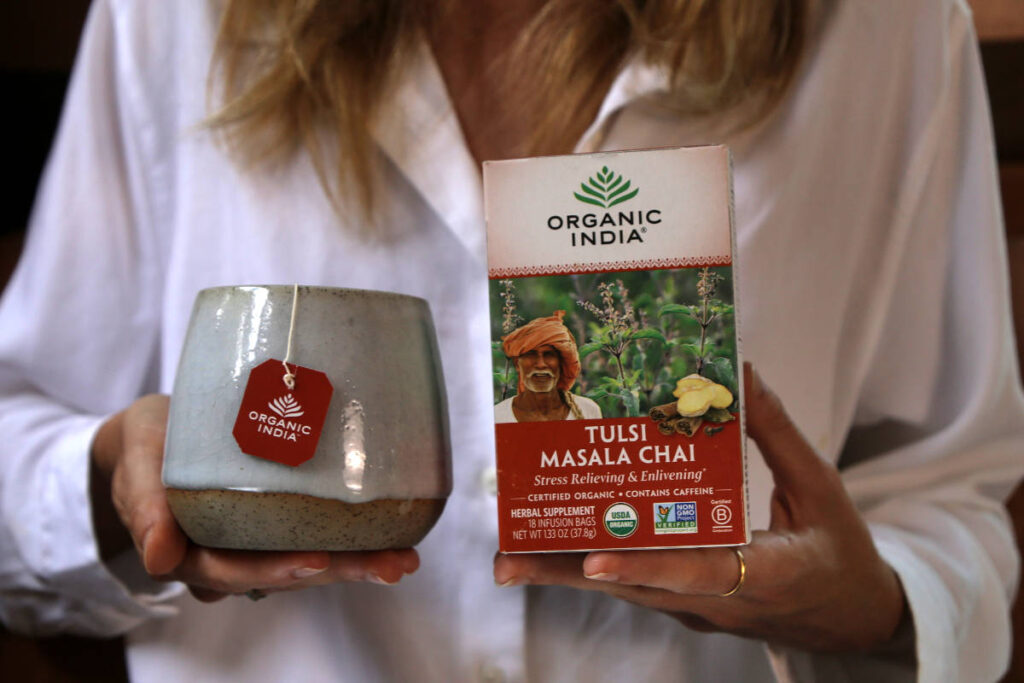
How to Choose the Highest Quality Green and Black Teas
At ORGANIC INDIA, we are deeply committed to providing the highest quality green and black teas through our organic and regenerative growing methods. Our approach goes beyond the label of organic certification; it involves working closely with small farmers to nurture the soil, protect fragile ecosystems, and ensure that our teas are sustainably sourced and grown.
This commitment to regenerative farming and agriculture helps preserve the land for future generations while paying homage to past farmers who loved and safeguarded the land. Our diligence to these practices produces organic herbs and teas with enhanced flavor and hearty nutritional profiles.
Our long-term partnerships with Assam and Darjeeling tea sourcing partners are a testament to this dedication. Assam, an iconic brew known for its rich, malty flavor, is a bold tea that stands up well to cream and sugar, making it a popular choice for those who enjoy a full-bodied brew.
On the other hand, Darjeeling, often referred to as the “champagne of teas,” is prized for its delicate aroma and complex flavor, offering a refined tea experience that is both nuanced and sophisticated.
To learn more about the unique qualities of Assam and Darjeeling teas, you can explore our detailed blogs on Assam and Darjeeling. You’ll find fascinating details about their origins, flavor profiles, health benefits, and cultural significance.
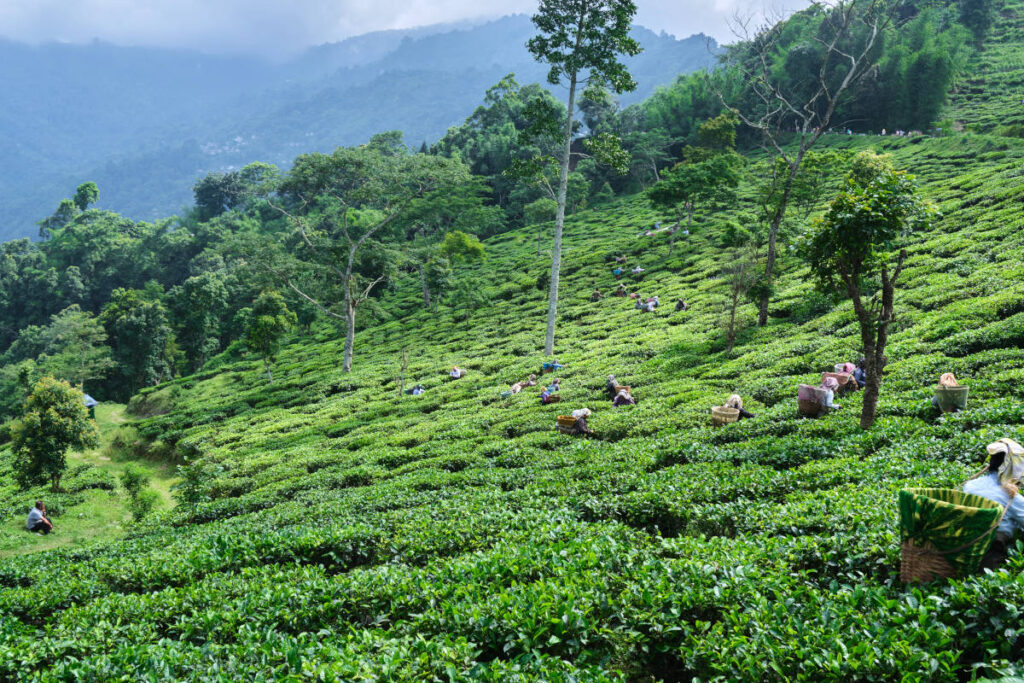
Green Tea vs Black Tea: Discover Your Perfect Cup
Both green tea and black tea offer unique flavors and health benefits, making them wonderful choices for your daily repose. Whether you prefer the light, refreshing taste of green tea or the full-bodied flavor of black tea, there’s a perfect tea for every palate.
We invite you to explore ORGANIC INDIA’S beautifully balanced Tulsi Green Tea and variety of Tulsi Black Teas. You may discover your perfect match for an energizing caffeinated burst that provides lasting energy while easing the nervous system. And with our commitment to organically grown herbs using regenerative practices, you’ll affirm your devotion to Mother Earth with every sip.
Want to delve further into the beautiful world of tea? Explore How to Tap Into the Benefits of Your Daily Tea Ritual. Curious about varietals? Check out What is Darjeeling Tea? and What is Assam Tea?

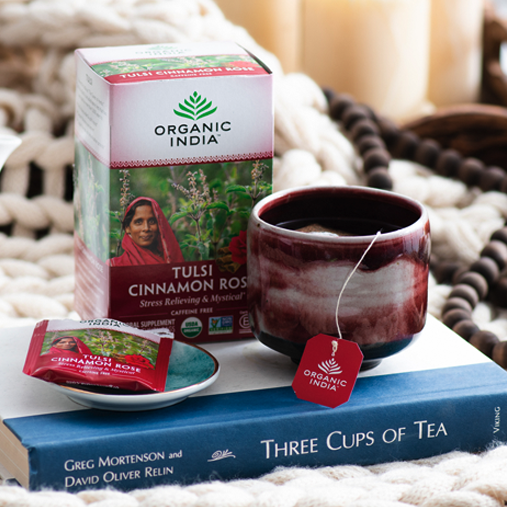
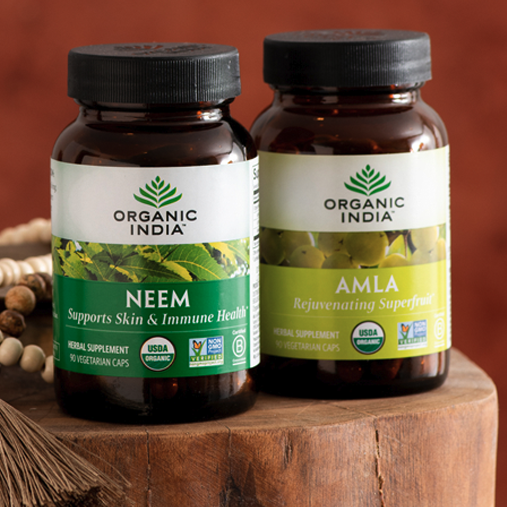
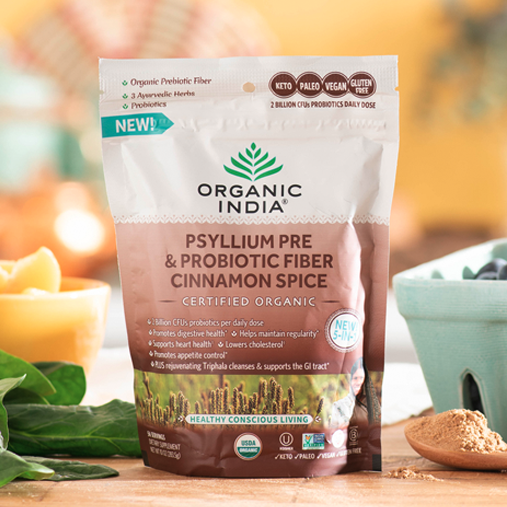




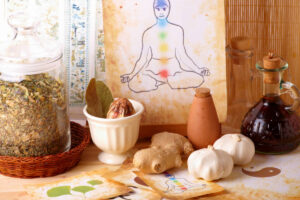
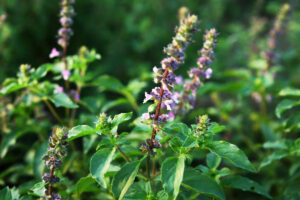
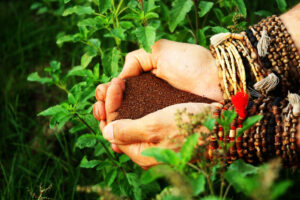
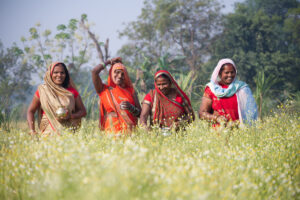



 Kate Tant is a professional health and wellness writer with a strong passion for holistic wellness. Her writing covers topics from Ayurvedic herbs and practices to nontoxic living and intermittent fasting. She is dedicated to helping and encouraging individuals seeking natural solutions to their health.
Kate Tant is a professional health and wellness writer with a strong passion for holistic wellness. Her writing covers topics from Ayurvedic herbs and practices to nontoxic living and intermittent fasting. She is dedicated to helping and encouraging individuals seeking natural solutions to their health.